Joseph Haydn Symphony 103 "With Tremolo Timpani"
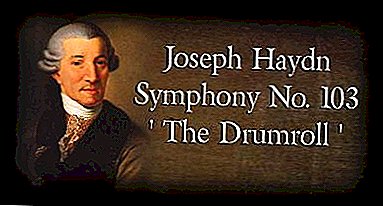
Haydn's symphonic work is limitless. It is believed that for the entire creative way the composer wrote about 150 symphonies, but only 104 of them reached our time. Haydn's penultimate 103rd symphony is not only a model of musical style, but also one of the peaks of the composer's work.
Learn interesting facts, history and content of the Symphony №103 by Joseph Haydn on our page.
The history of the creation of the Symphony "With tremolo timpani"
The music of the Austrian composer was known in the UK long before he went to the country on a tour for the first time. Moreover, the works of Haydn were popular and often performed on the stages of London. Joseph himself believed that these were the happiest years of his life.
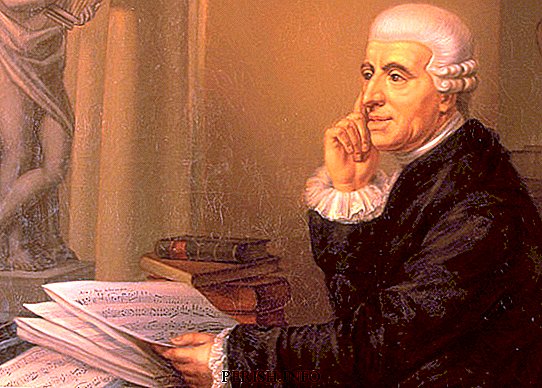
In 1794, Haydn will go on tour to London for the second time. There, in the winter, he will begin to compose "6 London Symphonies", among which was the 103rd Symphony "With Tremolo Timpani".
For the first time the works were performed from the stage of the Royal London Theater "Covent Garden". Giovanni Battista Viotti was appointed conductor. The performance was a real big deal.
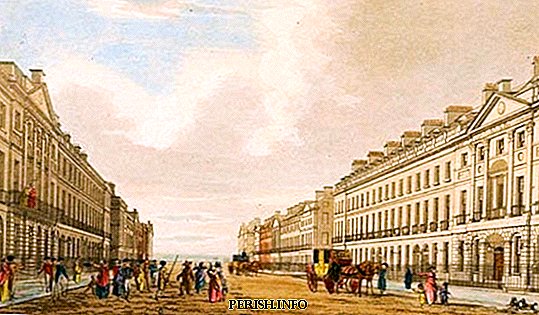
The day after the premiere, the daily newspaper "Morning Chronicles" will write more than a positive review of the work:
"Sir, Joseph Haydn showed us another new symphony. Fruitful Haydn, as always managed to create ingenious and incredibly light as air, harmonies. The introduction made us listen to music with bated breath. Charming Allegro and Andante were performed for an encore. The Minuets, especially the trio, it was unusually sweet and playful, turned as if in one motion. "
The famous English magazine "The Sun" will later write a review for the premiere:
"Haydn's new symphony was a huge success with the public. It is a bright mix of magnificence and fantasy. The buzz of applause did not die for a long time, and the second part was encore!"
Later, the premiere was held in Vienna. Especially for the Austrian public, Haydn made a small intermission before the last part for the rest of the public. From the moment the first bars of 103 symphonies sounded, the composition has not disappeared from world scenes and is still popular in society today.
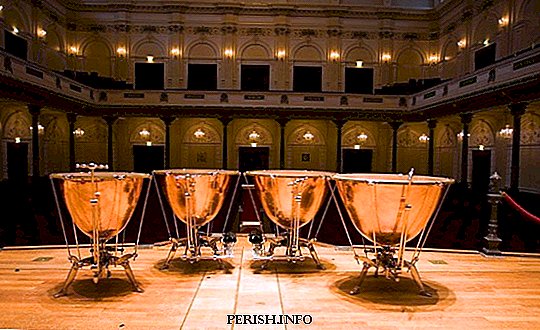
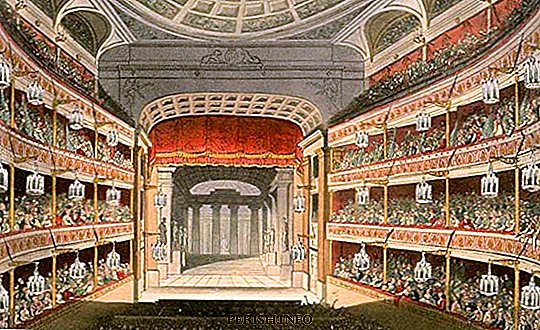
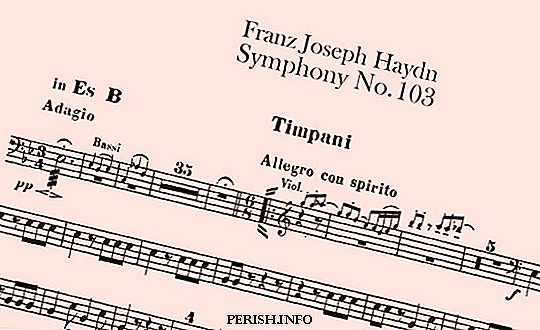
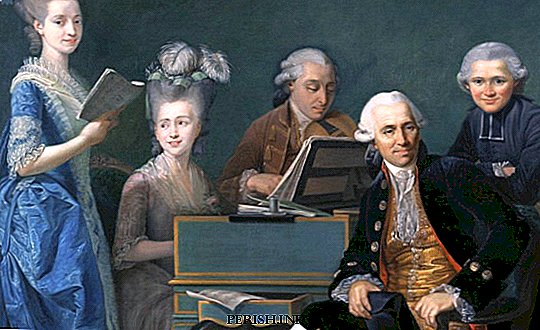
Interesting Facts
- The symphony has the name "With tremolo timpani", as it conveys the characteristics of orchestration.
- Haydn’s 103rd symphony “With a Tremolo Timpani” can be partially heard in the modern film “On the Verge”, which was released in 2012.
- The premiere of the symphony took place in the famous theater of England "Covent Garden".
- The symphonic work "From Tremolo Timpani" is among the six famous London symphonies.
- The main theme of the Third Part is borrowed from another work popular at that time, namely from the opera “The Abduction from the Serail” by Mozart.
- In English, the composition is called "Drumroll", which translates as drum roll.
- Richard Wagner especially honored the creative work of the genius Joseph Haydn, so in 1831 he shifted some symphonic compositions for piano, the 103rd symphony was included in the number of these works.
- In the second part, the composer uses authentic Croatian folk songs. One of which is the song "Little Girl Tramples the Creek".
- The orchestra performing the symphony consisted of almost sixty people. In those days, it was the largest orchestras in terms of the number of musicians in the world.
- In addition to the symphony on the day of the premiere, other works were performed. The piano compositions were played by Maestro Haydn himself.
- The duration of all parts of the symphony takes half an hour.
- In the theme of the first part, the ancient choir "Dies irae" is encrypted.
Interpretations by Conductors
It is no secret that not only sound quality and coherence of the orchestra players play, but also a reflection of the style of the era and the semantic content of the music depend on the conductor. At present, the symphony is performed sufficiently on the leading musical stages of the world. Consider the three most successful performances of the symphony:
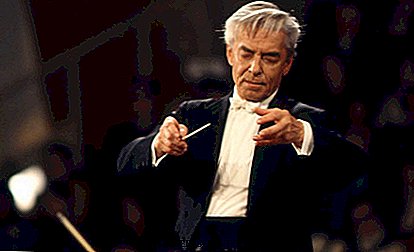
- Berlin Philharmonic Orchestra conducted by Herbert von Karajan. Distant rumble timpani customize the listener. The conductor gently builds dynamics, softening the contrasts between the themes of the introduction and the exposure of the first part. It is impossible not to note the purity and transparency of the instruments. It is worth noting that, unlike other performances, Karayan maintains a more calm and balanced pace, which harmoniously fits in for Parts II and III, but slows down the final a little.
- Vienna Philharmonic Orchestra conducted by Nikolaus Arnoncourt. In terms of color, the performance can be called more restrained and gloomy. Since the composer did not have separate instructions for the performance of the tremolo in the introduction, the conductors interpret it differently, seeking a certain sound effect. Arnoncourt tried to make the introduction more vivid, emphasizing the characteristic timbre of the timpani. In Part II, the conductor highlighted the characteristic elegance of the composition. The finale sounded in bright, clean colors.
- New York Philharmonic Orchestra conducted by Leonard Bernstein. The rumble of the timpani is gradually muffled in the introduction, allowing to highlight the main theme of the first movement. It should be noted that the conductor perfectly manages to convey the genre coloring of the village minuet in Part III. The brilliant finale is absolutely sustained at the pace of Allegro con spirito, the golden course of the horns sounds clear and distinct.
Content of the Symphony "With Tremolo Timpani"

The main difference in the style of Joseph Haydn is the seeming carelessness and lightness. Often these features are perceived as superficial. But only a real composer knows that it is most difficult to achieve the effect of lightness and transparency of sound. It is worth noting that the depth of the work is hidden from the eyes of ignorant listeners, and you must seriously try to understand the meaning laid down.
Simplicity and brevity are a characteristic feature of the musician's mature symphonic works. These qualities are reflected in the compositional structure. The author uses a four-part sonatal-symphonic cycle with an introduction and coda, where each part has a complete form, sustained in a certain style and genre.
- Introduction plays an important role, for the first time it is closely related to Part I, the topic of entry is actively involved in shaping the symphony. The theme is reminiscent of the choir "Dies irae".
- I part written in the form of a sonata allegro. The main and secondary parties do not have a pronounced conflict or contrast. The composer thematically combined the themes in this part.
- II part It has the form of double variations: the first theme is the Croatian folk song, the second theme is the march. In the process, topics will interact.
- Part III is a minuet, but not in palace style, but in "peasant shoes". Some musicologists assign parts of baroque music.
- The final written in the form of a rondo sonata, is a vivid picture of a mass celebration. The origins of hunting music, which proves the use of the "Golden course of the horns."
The work is a genre-household symphonyThat reveals the following traits:
- Themes have a genre-everyday warehouse of themes and rely mainly on such genres as song, march and dance.
- The main and secondary part in the first part are not contrasted, but rather are complementary to each other.
- The development of the thematism is carried out by the motivational isolation (the developmental type of development).
- The cycle has a pronounced unity.
- The concept is optimistic.
- The work often uses folk motifs and citations.
Haydn's philosophy is simple: you need to live today and now, enjoying the moment. Simplicity is happiness, the main thing is to hear and feel it. But such reasoning is not clear to everyone, this is the complexity of the music.
Symphony 103 "With tremolo timpani" helps us understand the author's attitude. Music opens for the listener another world in which harmony and simplicity of life reigns. Light and joy, optimistic finale - all this is so characteristic of the work of Joseph Haydn. Perhaps it is for this reason that his music will never become obsolete. After all, each of us, despite all the adversities, wants to believe in the best, and this best is collected in the symphonic works of the Great and unsurpassed master, whose name is Joseph Haydn.

Leave Your Comment